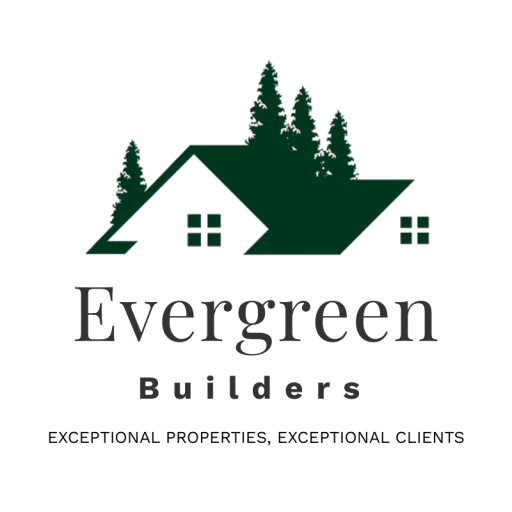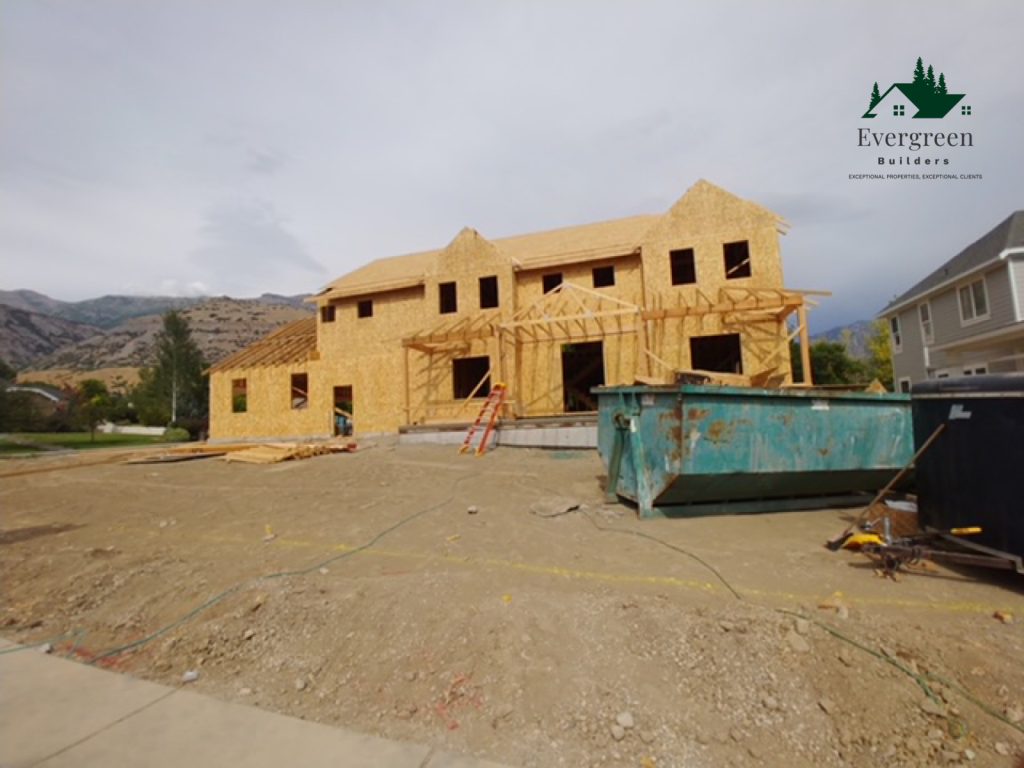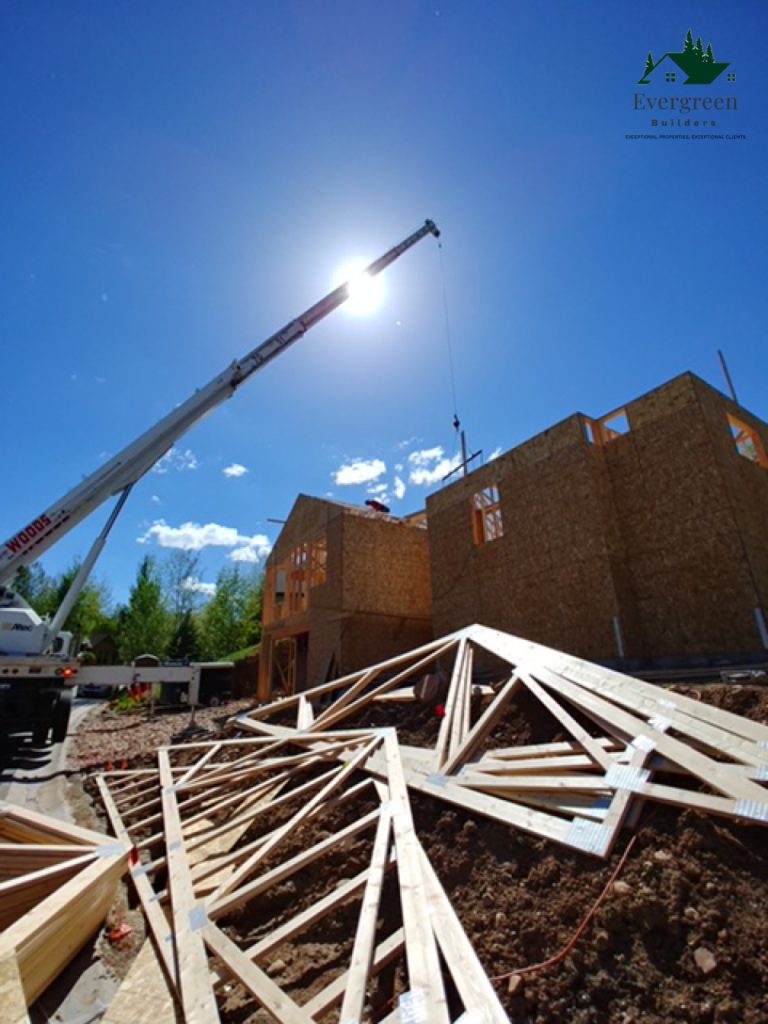Does Your Plan Fit On The Lot: If you already have a plan, it’s important to find a lot that the plan will fit on. Each city will have required setbacks in the front, back and on both sides. Corner lot setbacks are larger than inner block setbacks. The area inside the setbacks is called the building envelope. The width and depth of your plan needs to fit inside the building envelope. If you don’t have a plan, you can choose one that will fit on the lot and customize it to your liking. Make sure you consider a driveway for a side entrance garage if that is on your must have list.
Utilities: Some listings say that utilities are available. Some say they are stubbed. There is a difference in cost when it comes to building. If they are stubbed, they are already within the lot. The builder will not have to do extra work to get to them. If they are available, it could mean that they are in the street in front of the lot, or just down the road and that you will have to bring them to the lot. Either way it will cost more for you, the buyer. If the street has to be cut to get to the utilities, you will have to pay to do that. You will also have to pay to put it back. When you are doing that, there are other considerations, like what time of year the work will be completed? Did you know that asphalt plants shut down when the weather is too cold? That could be a problem. Depending on the location and the city, you may also have to pay for street closure permits and signs.
Easements: If there is an easement for power, communications, irrigation, gas, railroads or anything else that has been recorded it may not be disclosed by the seller. You will need to review the preliminary title report or the county plat map to make sure you don’t get stuck with a small building envelope or an unbuildable area due to easements. If there is an easement, it’s worth looking at how old the easement is, and if it is still being used for the purpose intended. If not, you may be able to get a vacation of easement for the municipality involved. This will take extra time.


